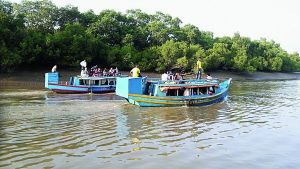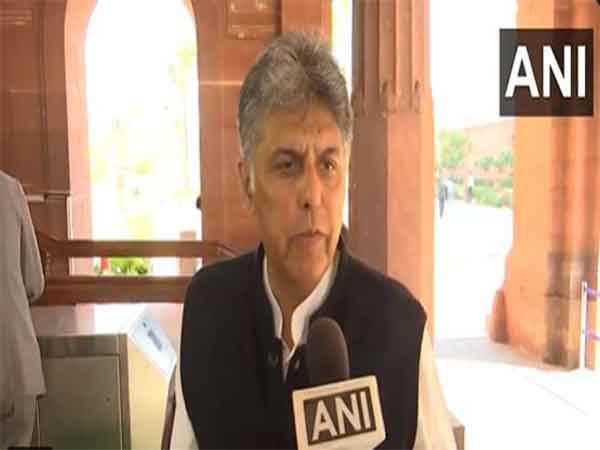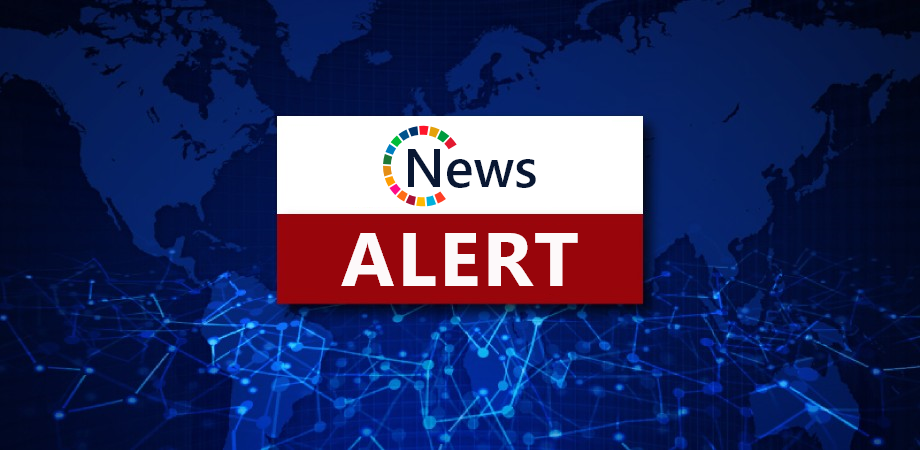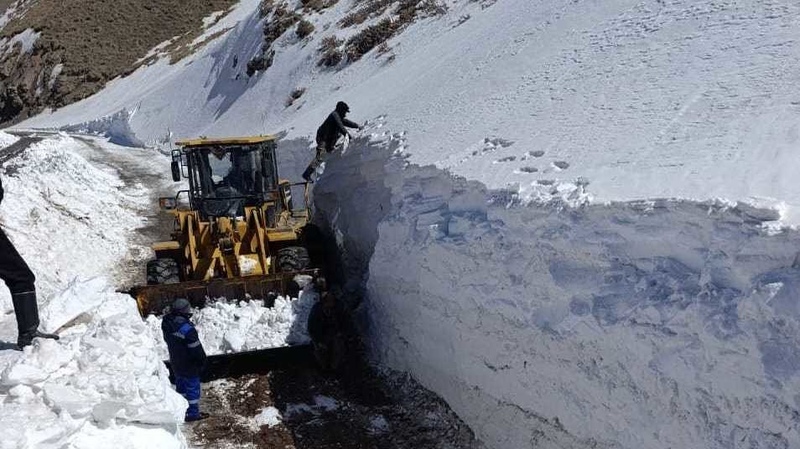
Freshwater crisis threatens Bhitarkanika National Park PNN Updated: April 2nd, 2025, 09:23 IST in State , Top Stories 0 Share on Facebook Share on Twitter Share on WhatsApp Share on Linkedin Kendrapara : With the Mahanadi River experiencing a water crisis since early February, experts have warned that the ongoing freshwater shortage in the various river water channels in Kendrapara district will soon impact Bhitarkanika National Park — a crucial ecological zone. At present, the shortage of water in Mahanadi has caused water levels in various rivers and canals across Kendrapara district drop significantly. Major waterways like Khakha Nala, creeks, and canals have dried up.
Also Read Sex racket busted in Rourkela; four held 17 mins ago Mujagada-Phulbani-Boudh rail line: DPR to be ready in 8 months 19 mins ago Environmentalists, including Hemant Kumar Raut, educationist Bhuban Mohan Jena, Professor Kshitish Kumar Singh, social worker Sanjay Behura, and Utkalmani Youth Association president Gautam Kumar Behera, have raised concerns that the lack of freshwater will lead to the destruction of mangrove forests in the national park. Bhitarkanika’s ecosystem thrives on a delicate balance of 60 per cent saline water and 40 per cent freshwater, primarily supplied by the Mahanadi, Baitarani, and Brahmani river systems. A disruption in this balance could result in a decline of mangrove cover, leaving only Casuarina forests along the coastline.

Along the 480 km-long coastline, the state has about 222 sq km of dense mangrove forests, with Kendrapara district alone accounting for 183 sq km along its 48 km shoreline. However, the three river systems that supply freshwater to Bhitarkanika are now under threat. The construction of dams in Chhattisgarh has led to disputes between the Odisha government and Chhattisgarh over water sharing, reducing Mahanadi’s water fl ow.
To address water shortages, authorities have begun drawing water from Mahanadi at Mundali barrage. Additionally, a barrage at Santara under Kujang block in Jagatsinghpur district is being used to divert water to Kendrapara and Jagatsinghpur districts for drinking water purposes. Two mega projects are under construction to provide potable water to 200 villages in Mahakalapada and Marshaghai blocks of Kendrapara.
Furthermore, Mahanadi’s water is also being diverted for industrial and drinking water projects. As a result, several tributaries, including Birupa, Chitrotpala, Luna, and Karandia, as well as canals in Kendrapara and Pattamundai, are facing water shortages. This depletion reduces the likelihood of Bhitarkanika receiving freshwater from these sources.
Similarly, water from the Baitarani river is being diverted for industrial use in Bhadrak district, limiting its flow to Bhitarkanika. Historically, Brahmani river had been supplying water to Bhitarkanika during dry seasons. However, recent mega projects have redirected this water for industrial and municipal use outside the district.
Consequently, saline water from the sea is getting into rivers and estuaries, endangering the mangrove forests. Experts stress the need for proper water management, ensuring river water reaches the coast to protect mangrove ecosystems. Despite the urgency, no concrete measures have been implemented.
Additionally, no survey has been conducted to assess the available freshwater resources, raising concerns about the national park’s sustainability. Environmentalists are also questioning the delay in the investigation report on the impact of large-scale projects on Bhitarkanika’s ecosystem. Meanwhile, repeated attempt to contact Manas Kumar Das, the Assistant Conservator of Forest (ACF), Rajnagar Forest Division did not yield any results.
PNN Tags: Bhitarkanika Brahmani river Kendrapara MAHANADI RIVER Odisha Share Tweet Send Share Suggest A Correction Enter your email to get our daily news in your inbox. Leave this field empty if you're human:.











